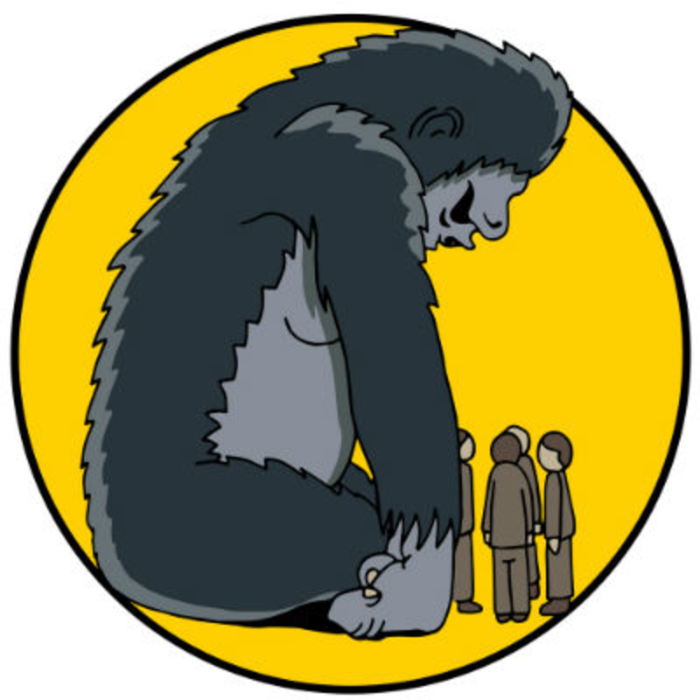Just like with any relationship, the bond between a client and its agency takes work. It doesn’t matter if love brought them together at the beginning, someone’s going to leave the toilet seat up one too many times and the animosity will slowly build (if not dealt with) to the point of no return.
‘Why can’t we all just get along?’ isn’t a rhetorical question, and the answer mostly has to do with communication—or, to be more precise, the lack thereof. Without total transparency and clear lines of communication, clients don’t know what to expect and agencies fall back on what Richard Whitehead, AtTask’s senior GTM director for marketing solutions, refers to as “the illusion of productivity.”
If clients don’t establish the right expectations on project updates from the get-go and don’t demand standardization in how their agency’s creative team manages and tracks work, visibility breaks down and clients start hearing certain unproductive phrases that act as roadblocks standing squarely in the way of fluid, transparent dialogue between marketers and their creative teams.
Whitehead puts it more succinctly: “Give me accuracy, don’t give me fallacy.”
Creatives, perhaps because they’re really busy or don’t want to admit they don’t know the answer to something, will often utter meaningless buzzwords that drive their brand clients up a wall. But more important, these clichés mask a deeper, systemic problem—a reticence to tell the truth out of fear of losing business. And that just leads to ‘meh’ work.
But, as it turns out, ‘Do I look fat in this?’ is not a trick question. Clients want to be told the truth; to engage in a frank discussion that moves the work forward in a truly productive way. Mitel CMO Martyn Etherington has experienced the opposite firsthand, and he doesn’t mince words about how it makes him feel.
“Instead of saying, ‘I don’t know,’ they’ll go on and on with platitudes—but I’d rather be told that my ideas suck, I’d rather have someone with a point-of-view than be told what they think I want to hear,” Etherington says. “Many agencies today are unwilling to potentially upset, unnerve, or challenge the customer or the client, so they end up giving you something way more vanilla that what you need or are looking for.”
Another thing that gets Etherington’s goat is when agencies insist on “the big reveal.” If there’s one thing marketers don’t like, it’s surprises at zero hour. “Make me a part of the process and bring us along for the ride,” Etherington says. “That gives me the chance to evaluate what you’re doing with our number one constituent: the customer.”
Situations like that are one reason why some brands are moving away from AORs and retainers and moving towards internal creative teams, where information sharing is baked right into the collaborative process.
“We’re bringing more and more of the creative work in-house,” Etherington says. “Or we tend to work with boutique agencies that go deep with wide knowledge in a few areas, because we don’t have that in-house yet or what we do have is embryonic in terms of technology right now.”
Agencies should be aware that marketers are looking for a holistic approach that includes testing, metrics, and decisions based on meaningful data—not creativity for creativity’s sake.
“They would get more of my business if they’d tell me and my team that we’re wrong based on facts and data,” Etherington says. “Many creatives seems to forget that they’re actually supposed to be selling something and that they’re in the business of creating and keeping customers.”
In other words, good marketing should be creative—but it also needs to be data-driven.
“You’ll often hear all about ROI at the opening pitch,” Etherington says. “But in answer to our next question—’Can you demonstrate how you achieved ROI for your client and what’s the anticipated ROI for this project?’—all you get is talk.”
That’s just a taste. Tune in on April 30 to watch the free webcast “5 Unproductive Phrases Creatives Say and How to Avoid Them, Part 2: ‘It’s 80% Done.’” Richard Whitehead and Martyn Etherington will be on hand to answer all your questions. Click here to register.
Sponsored by AtTask in conjunction with its webcast.








